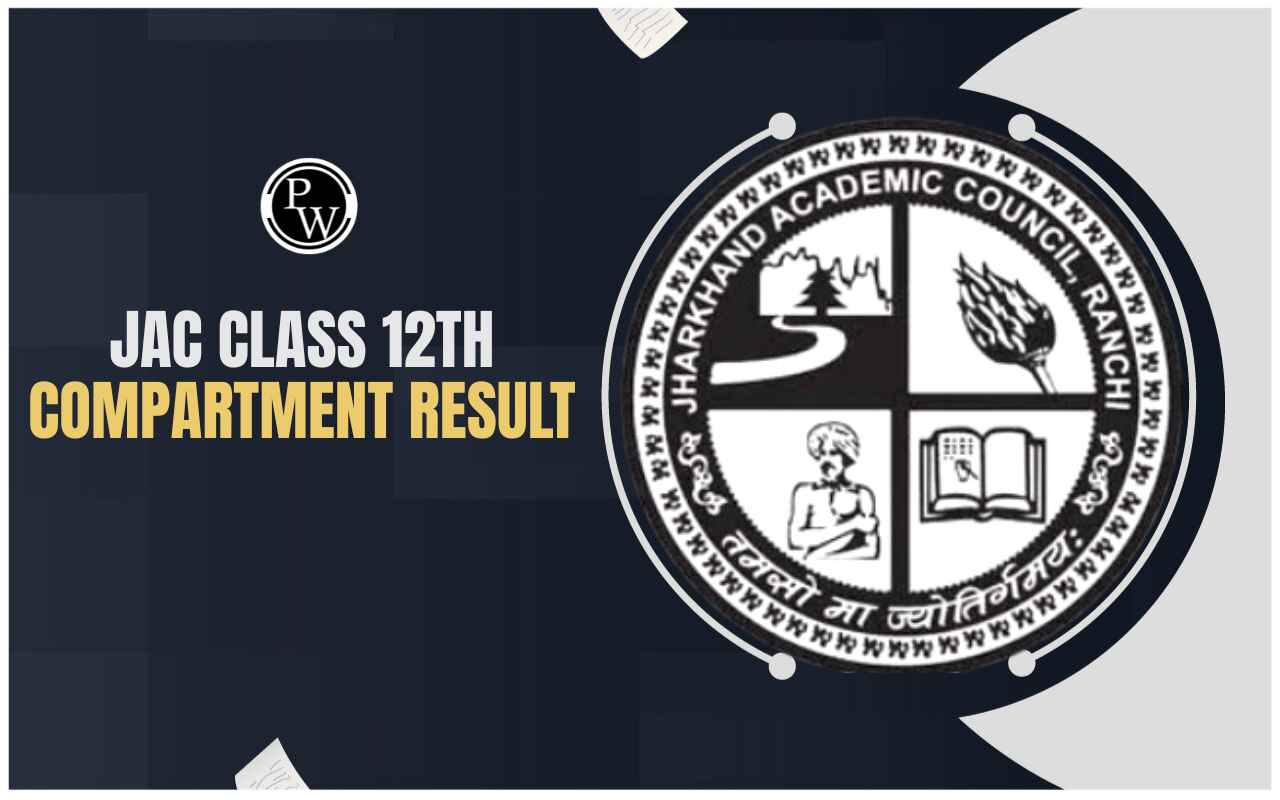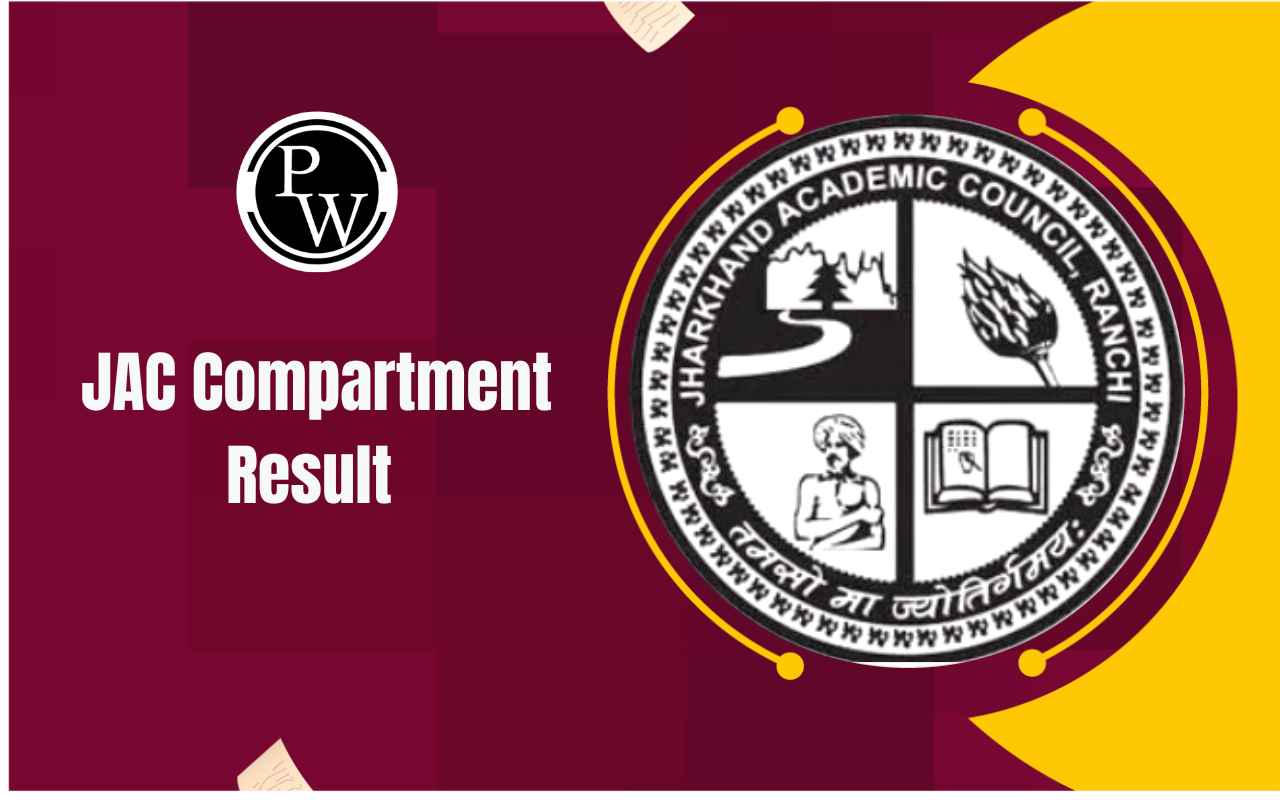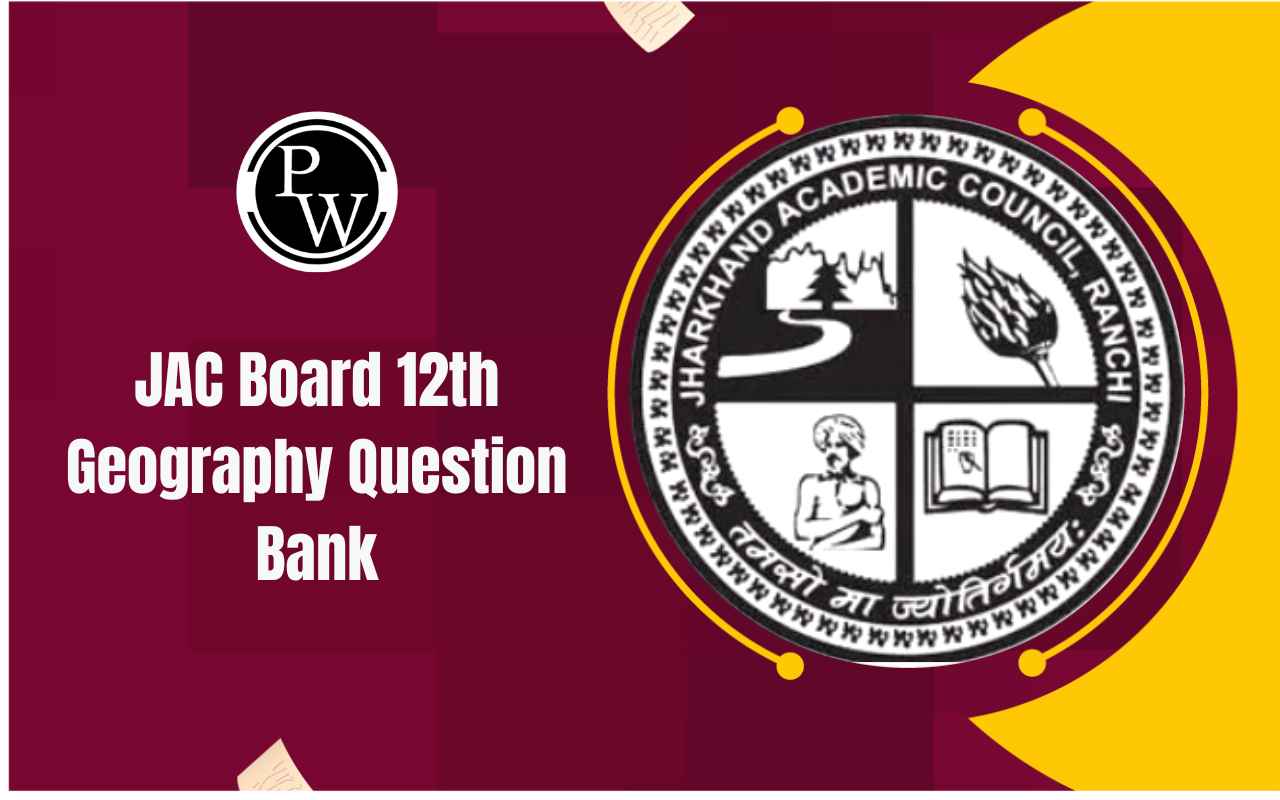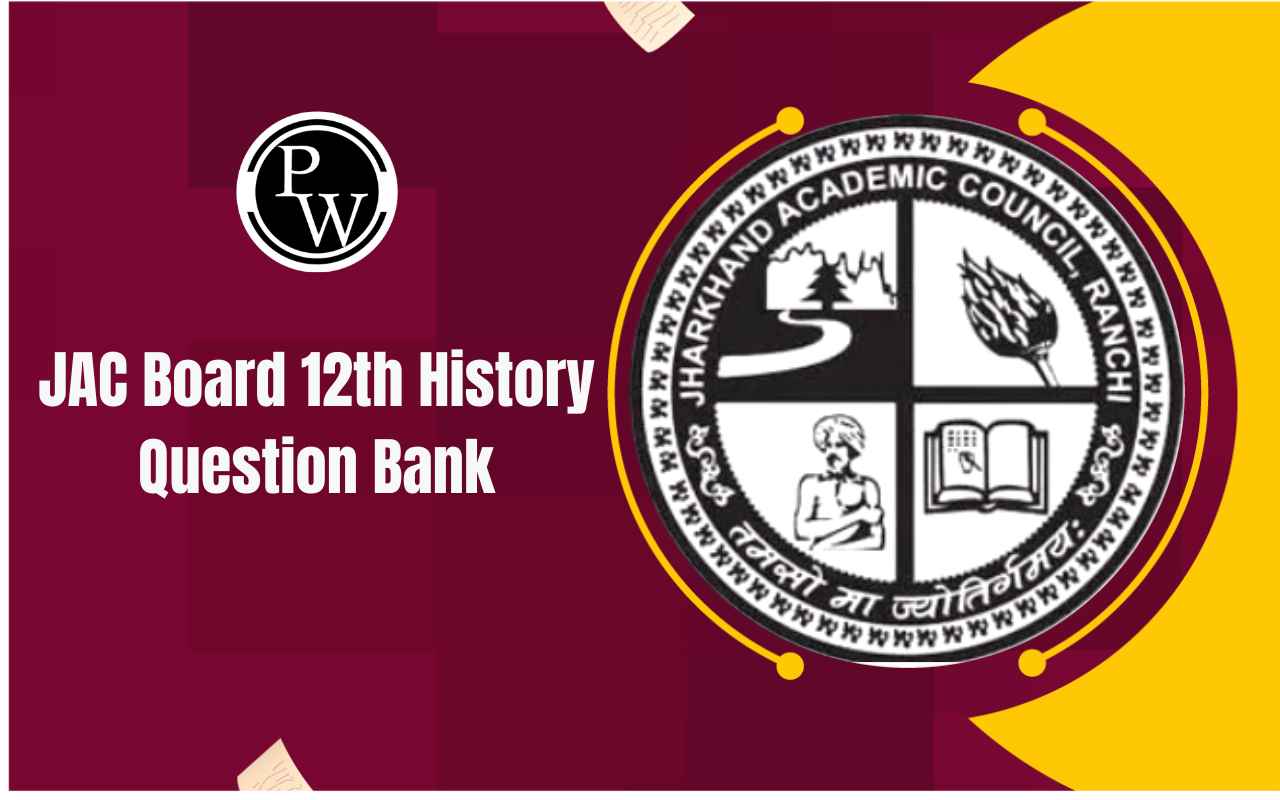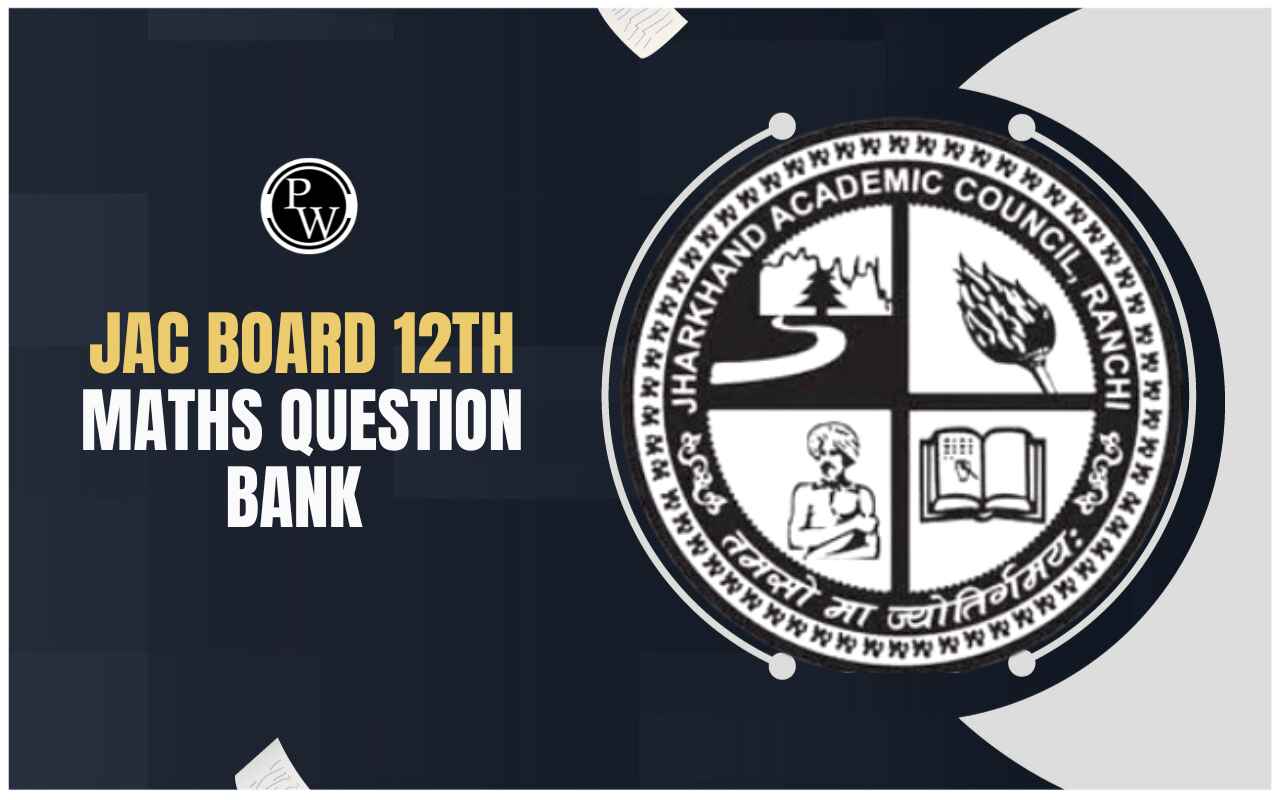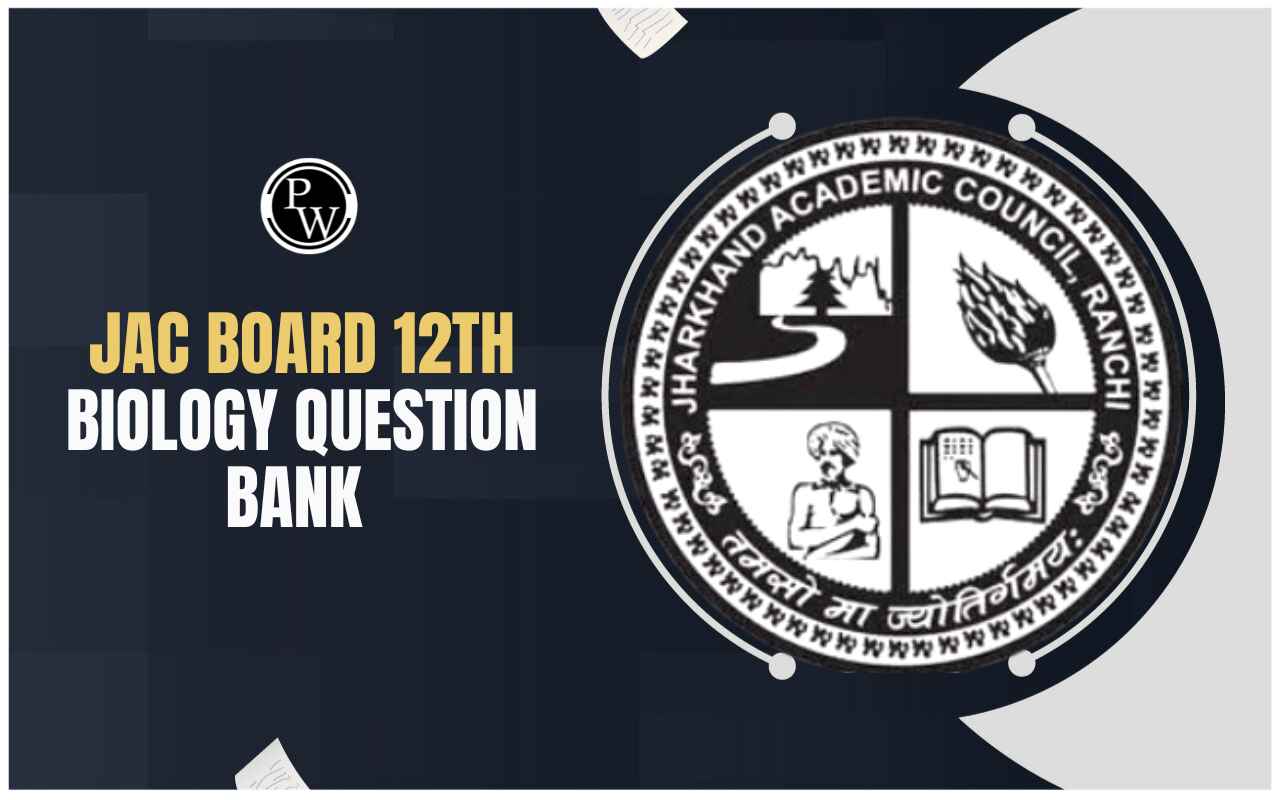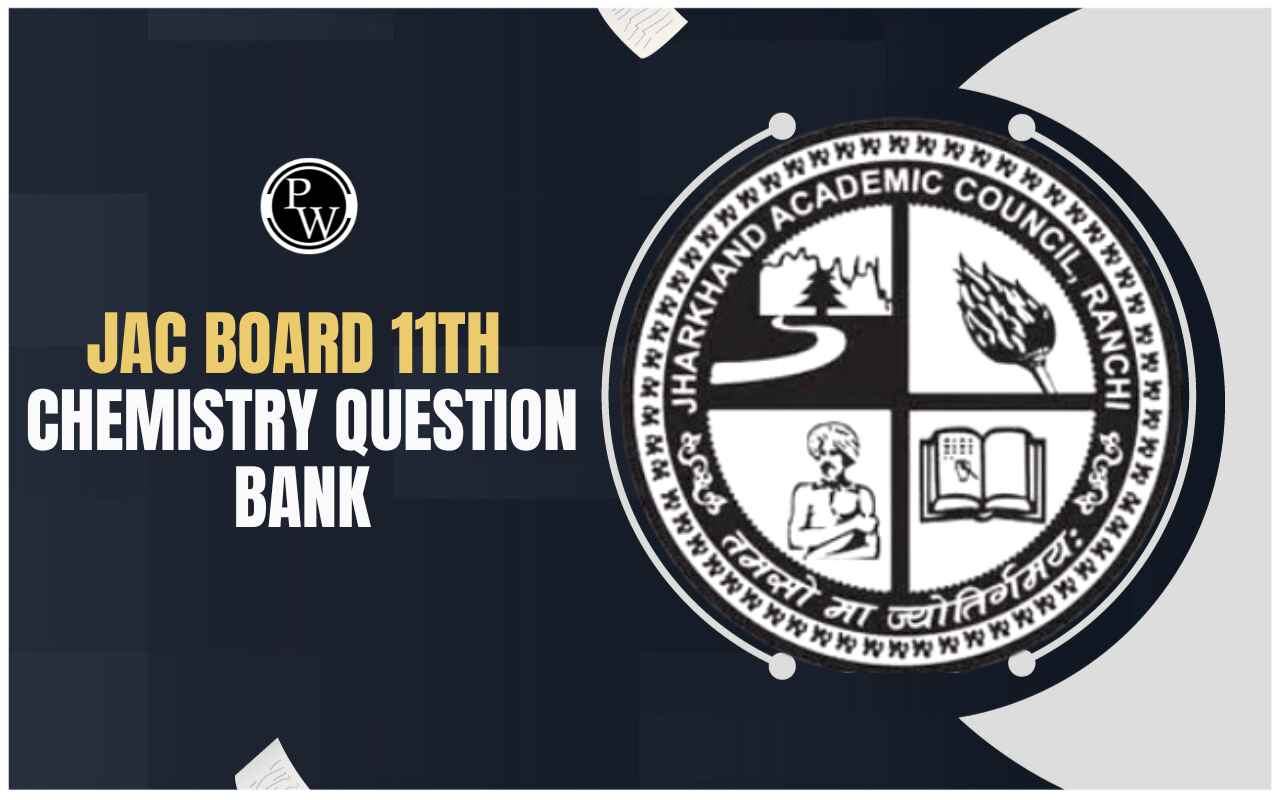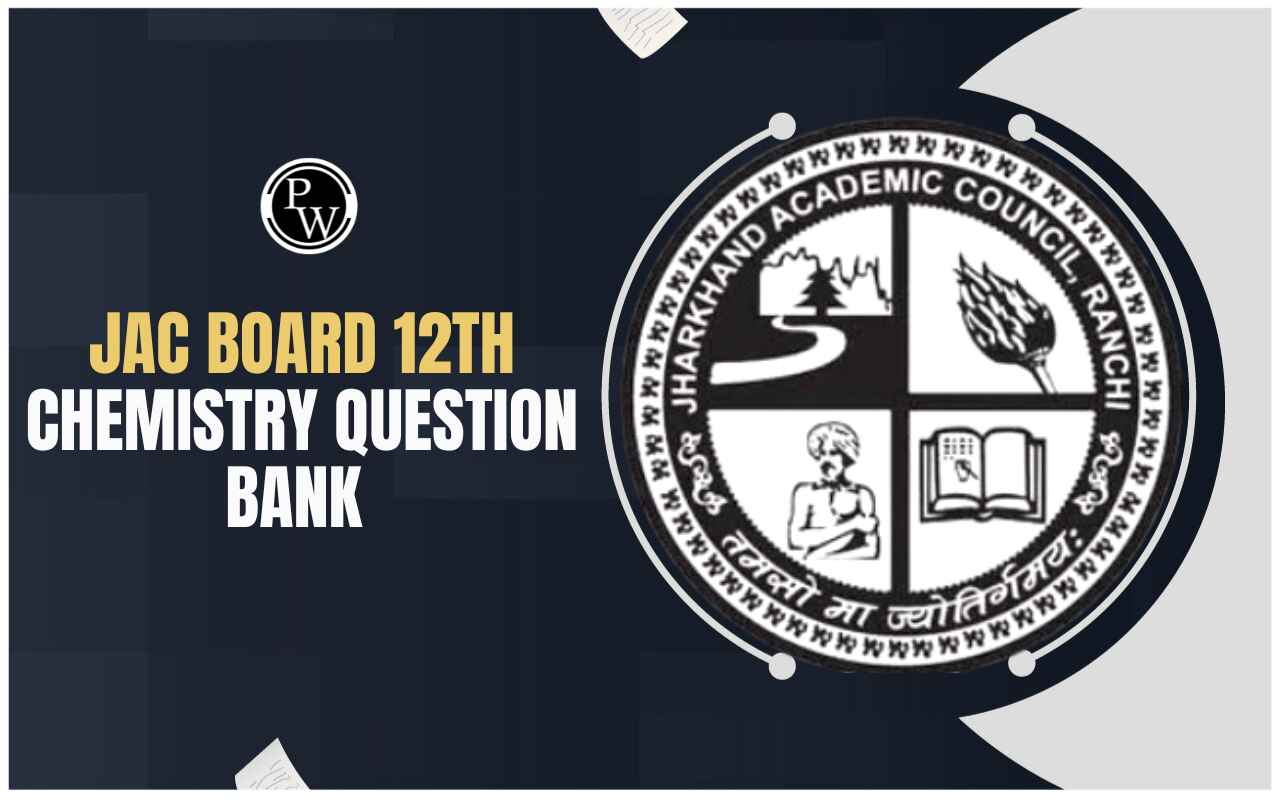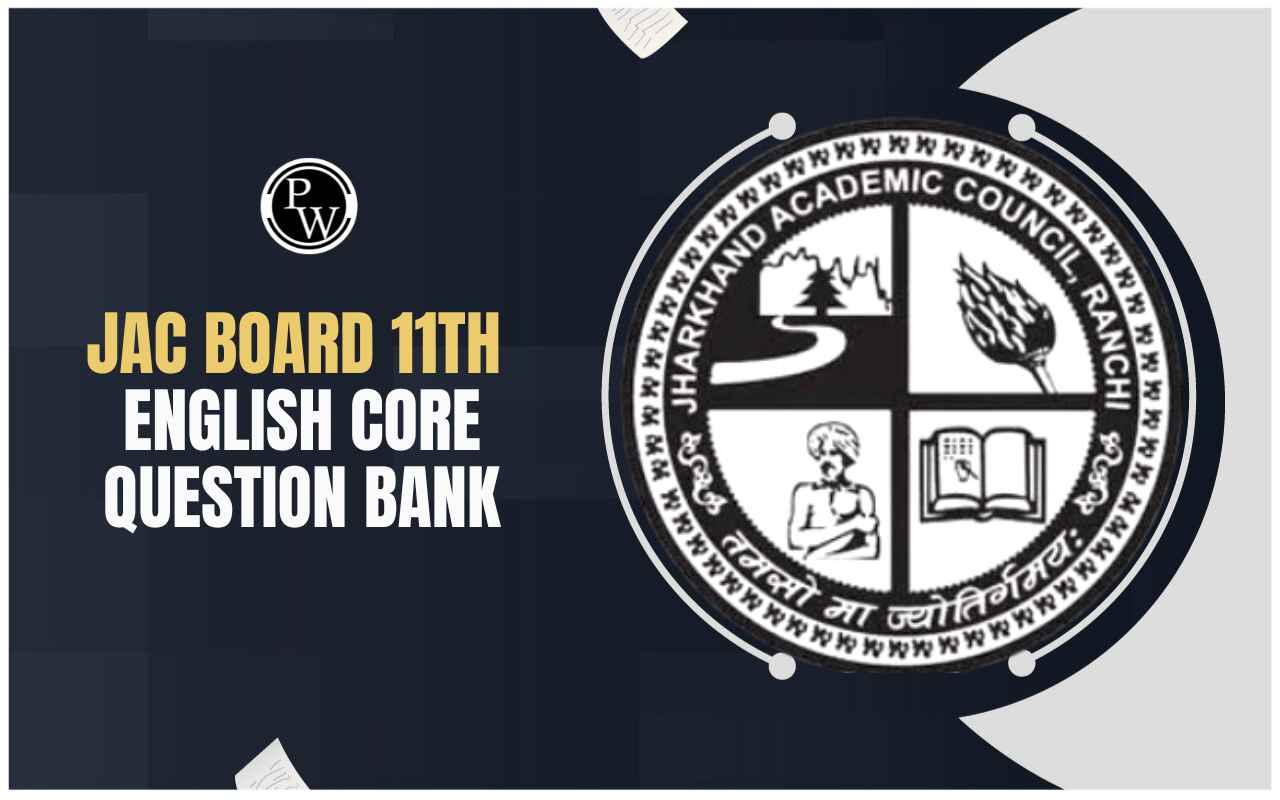
JAC Board Class 11th Physics Syllabus 2025: Jharkhand Academic Council (JAC) has released the Class 11 Physics syllabus for the academic year 2025, giving students a clear and organized roadmap to follow throughout the year. The syllabus includes topics like Physical World, Kinematics, Laws of Motion, Work and Energy, Gravitation, Thermodynamics, and Oscillations and Waves.
This well-structured syllabus is designed to help students build a strong foundation in Physics. It focuses on enhancing conceptual understanding, logical reasoning, experimental skills, and scientific thinking. Each topic is selected to develop an in-depth knowledge of the laws of nature and physical phenomena.
By studying these topics, students will be better equipped not only for school exams but also for competitive exams like JEE, NEET, and NDA, as well as for higher education in fields such as engineering and research.
JAC Board Class 11th Physics Syllabus 2025 Overview
In JAC Board Class 11, students choosing the Science stream must study Physics as a core subject. Physics plays a crucial role in building the foundational knowledge required for future studies in engineering, medical, research, and other science-related fields. A clear understanding of the Physics syllabus helps students prepare systematically for their exams and strengthens their analytical and conceptual thinking. Here’s an overview of the JAC Class 11 Physics syllabus for 2025:
|
JAC Board Class 11th Physics Syllabus 2025 Overview |
|
|
Particulars |
Details |
|
Board |
Jharkhand Academic Council (JAC) |
|
Class |
11th |
|
Academic Year |
2025 |
|
Subject |
Physics |
|
Exam Duration |
3 hours |
|
Official Website |
https://jac.jharkhand.gov.in/ |
JAC Board Class 11th Physics Syllabus 2025 Course Structure
JAC Board Class 11th Physics syllabus for the academic year 2025 provides a clear and structured outline of important topics. It covers ten major units that help students build a strong foundation in Physics. Below is the unit-wise course structure for JAC Class 11 Physics 2025:
|
JAC Board Class 11th Physics Syllabus 2025 Course Structure |
|||
|
Unit No. |
Unit Name |
Chapters Covered |
No. of Periods |
|
I |
Physical World and Measurement |
Chapter 2: Units and Measurements |
08 |
|
II |
Kinematics |
Chapter 3: Motion in a Straight Line Chapter 4: Motion in a Plane |
24 |
|
III |
Laws of Motion |
Chapter 5: Laws of Motion |
14 |
|
IV |
Work, Energy and Power |
Chapter 6: Work, Energy and Power |
14 |
|
V |
Motion of System of Particles and Rigid Body |
Chapter 7: System of Particles and Rotational Motion |
18 |
|
VI |
Gravitation |
Chapter 8: Gravitation |
12 |
|
VII |
Properties of Bulk Matter |
Chapter 9: Mechanical Properties of Solids Chapter 10: Mechanical Properties of Fluids Chapter 11: Thermal Properties of Matter |
24 |
|
VIII |
Thermodynamics |
Chapter 12: Thermodynamics |
12 |
|
IX |
Behaviour of Perfect Gases and Kinetic Theory |
Chapter 13: Kinetic Theory |
08 |
|
X |
Oscillations and Waves |
Chapter 14: Oscillations Chapter 15: Waves |
26 |
|
Total |
160 |
||
Unit I – Physical World and Measurement
-
Need for measurement, systems of units (SI units)
-
Dimensions, significant figures, dimensional analysis
Unit II – Kinematics
-
Motion in a straight line: graphs, equations
-
Motion in a plane: vectors, projectile motion, circular motion
Unit III – Laws of Motion
-
Newton’s laws, momentum, friction, centripetal force
Unit IV – Work, Energy and Power
-
Work by constant and variable forces
-
Kinetic & potential energy, collisions, energy conservation
Unit V – System of Particles & Rigid Body
-
Center of mass, torque, moment of inertia, angular momentum
Unit VI – Gravitation
-
Kepler’s laws, universal law of gravitation
-
Acceleration due to gravity, satellites, escape speed
Unit VII – Properties of Bulk Matter
-
Elasticity, viscosity, Pascal’s law, Bernoulli's theorem
-
Surface tension, calorimetry, heat transfer (conduction, convection, radiation)
Unit VIII – Thermodynamics
-
Zeroth & first law, internal energy, isothermal/adiabatic processes
-
Second law of thermodynamics
Unit IX – Kinetic Theory
-
Perfect gas laws, kinetic theory assumptions
-
Mean free path, RMS speed, Avogadro’s number
Unit X – Oscillations and Waves
-
SHM, pendulum, energy in SHM
-
Wave motion, standing waves, harmonics, beats
JAC Board Class 11th Physics Practical Syllabus 2025
Here is the practical syllabus for JAC Board Class 11th Physics 2025, divided into two sections: experiments and activities. Students are required to perform and maintain records of these practicals as part of their curriculum.
|
JAC Board Class 11th Physics Practical Syllabus 2025 |
||
|
Section |
Type |
|
|
Section A |
Experiments |
1. Measure diameter of spherical/cylindrical bodies & internal diameter and depth of beaker/calorimeter using Vernier Calipers; find volume. |
|
2. Measure diameter of wire and thickness of sheet using screw gauge. |
||
|
3. Determine volume of irregular lamina using screw gauge. |
||
|
4. Determine radius of curvature of spherical surface using spherometer. |
||
|
5. Determine mass of objects using beam balance. |
||
|
6. Find weight using the parallelogram law of vectors. |
||
|
7. Use a simple pendulum to plot a graph and find the effective length of the second pendulum. |
||
|
8. Study variation of time period of pendulum with different masses. |
||
|
9. Study limiting friction and find coefficients of friction. |
||
|
10. Study downward force on roller on inclined plane and its relation with angle of inclination. |
||
|
Activities |
1. Make a paper scale of the given least count. |
|
|
2. Determine mass using meter scale by principle of moments. |
||
|
3. Plot graph with data and error bars. |
||
|
4. Measure force of limiting friction for roller on horizontal plane. |
||
|
5. Study projectile range variation with angle. |
||
|
6. Study conservation of energy of the ball on an inclined plane. |
||
|
7. Study dissipation of pendulum energy by plotting amplitude² vs time graph. |
||
|
Section B |
Experiments |
1. Determine Young’s modulus of wire material. |
|
2. Find the force constant of the helical spring from the load-extension graph. |
||
|
3. Study volume-pressure relation of air at constant temperature. |
||
|
4. Determine surface tension of water by capillary rise. |
||
|
5. Determine coefficient of viscosity of viscous liquid via terminal velocity. |
||
|
6. Plot cooling curve of hot body (temperature vs time). |
||
|
7. Determine specific heat capacity by method of mixtures. |
||
|
8. Study frequency-length relation of wire under tension using sonometer. |
||
|
9. Study length-tension relation of wire for constant frequency using sonometer. |
||
|
10. Find speed of sound in air using resonance tube and two resonance positions. |
||
|
Activities |
1. Observe change of state and plot cooling curve of molten wax. |
|
|
2. Observe heating effect on bi-metallic strip. |
||
|
3. Note liquid level change on heating and interpret. |
||
|
4. Study effect of detergent on water surface tension by capillary rise. |
||
|
5. Study factors affecting rate of heat loss of liquid. |
||
|
6. Study load effect on depression of clamped metre scale at different points. |
||
|
7. Observe pressure decrease with increase in fluid velocity. |
||
JAC Board Class 11 Physics Prescribed Books 2025
Here are the prescribed books for JAC Board Class 11th Physics syllabus 2025, which cover both theory and practical aspects for comprehensive learning. These resources are essential for students to understand concepts and perform experiments effectively.
|
JAC Board Class 11 Physics Prescribed Books 2025 |
||
|
S.No. |
Book Title |
Publisher |
|
1 |
Physics Part-I, Textbook for Class XI |
NCERT |
|
2 |
Physics Part-II, Textbook for Class XI |
NCERT |
|
3 |
Laboratory Manual of Physics, Class XI |
NCERT |
|
4 |
Other related books and manuals (including multimedia) |
NCERT |
How To Download JAC Class 11 Physics Syllabus 2025?
Step 1: Visit the official website of Jharkhand Academic Council at jac.jharkhand.gov.in.
Step 2: On the homepage, find and click on the “Others” section.
Step 3: From the dropdown menu, select “Syllabus”.
Step 4: A new page with subject-wise syllabus links will appear. Locate and click on “Class 11 Physics”.
Step 5: The syllabus PDF will open in a new tab. Download and save it for your future study reference.
Preparation Tips for JAC Board Class 11 Physics 2025
-
Thoroughly review the official syllabus to understand all topics, unit-wise weightage, and the exam pattern.
-
Set weekly study targets and manage your time effectively to cover all chapters, giving extra attention to challenging concepts like Mechanics and Thermodynamics.
-
Use NCERT Physics textbooks as your main study resource and carefully solve all exercises.
-
Practice additional problems from reference books such as HC Verma or DC Pandey to strengthen your conceptual understanding and problem-solving skills.
-
Solve previous years’ question papers and sample tests to get familiar with the exam format and enhance your time management.
-
Regularly revise key formulas, definitions, and principles, and practice applying them to different types of problems.
-
Maintain a dedicated formula and concept sheet for quick revision before exams.
-
Take internal tests, lab work, and class assignments seriously, as they contribute to your overall evaluation.
JAC Board Class 11th Physics Syllabus 2025 FAQs
Where can I download the JAC Class 11 Physics syllabus for 2025?
Which books are recommended for JAC Class 11 Physics?
How many practicals are included in the Class 11 Physics syllabus?
Is the practical exam mandatory for Class 11 Physics?

